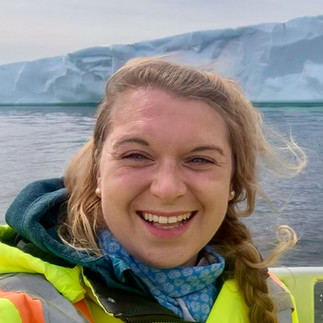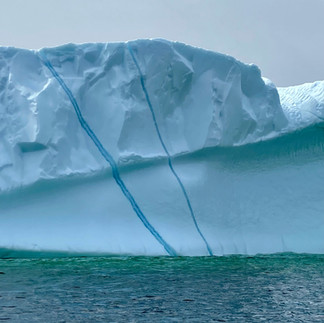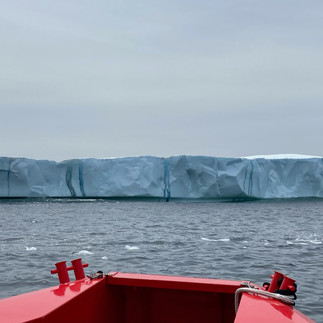Newfoundland - Exploring Scientific Beauty Along the Way
- Alexandra Gellé
- Jun 20, 2023
- 1 min read
Updated: Sep 18, 2023
I am a science enthusiast, even while on holiday.
For me, travelling is not only about the gorgeous landscapes. The science that shaped them amazed me too!
This week's science fun fact are brought to you by Newfoundland.
Icebergs
Chasing icebergs in Twillingate was a unique experience.
Coming across such massive frozen H₂O structures (sometimes larger than 20 m height x 100 m long ice cubes) gave me goosebumps.
These 10 000 years old pieces of ice from Greenland are breathtaking.
Noticed the blue stripes?
Red and yellow wavelengths of light are absorbed in these regions of pure water - unlike the rest of the iceberg which contains particles and trapped air molecules thus scattering light and appearing white.
Geology

Gros Morne National Park was fascinating with its diverse and rare geological features. From fjords shaped by glaciers to the exposed Earth's mantle, every day was a great source of learning. Hiking among pieces of the Earth's mantle brought to the surface by the oceanic tectonic plate colliding with the continental plate was a great addition to the spectacular views.

Typically found far below the Earth's crust, iron-heavy rocks give bright yellow-orange colors as they oxidize, and the snakeskin-like rocks were formed as magnesium-heavy materials cooled down.
Surprising NF
For once, I didn't plan much for this trip. Hoped on the ferry knowing I wanted to explore Gros Morne and see icebergs. Every day brought its fair share of surprises - intriguing rocks, gorgeous landscapes, frozen structures and more scientific fun facts!
This article is part of travel blogs showcasting scientific curiosities. Because scientific fun facts are part of our every day lives, at home and away too! Check out the other posts:






















Comments